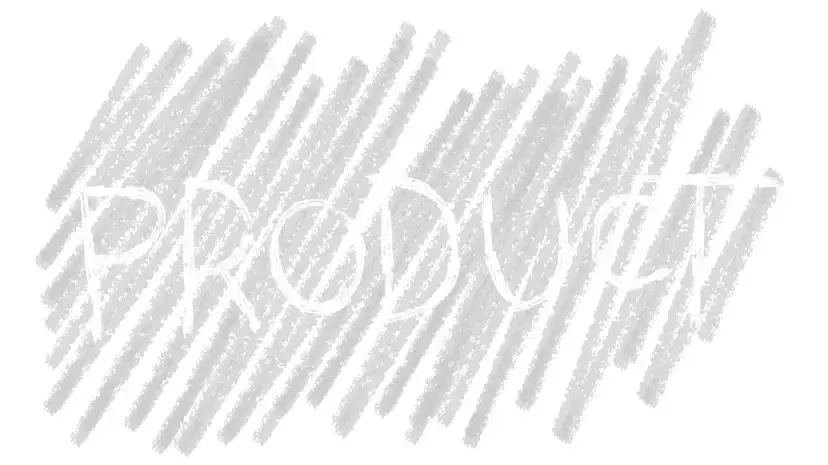Issue 31: Thinking from the opposite while sitting on a fictional chair
AI service for storing references; Selection of design systems of large companies in Figma; 10 common mistakes in the design of design systems and so much more!

Hello, dear readers! 👋
In this issue, among other things:
How to improve the user experience in AR applications
What is wrong with high password complexity requirements
10 common mistakes in the design of design systems
What is a creative context and why is it important
Selection of design systems of large companies in Figma
How it is useful to think "from the opposite"
How moving from a city to another can affect socio-economic indicators
Online archive of illustrated covers of the French design magazine
AI service for storing references
Quotes from "Made to Stick: Why Some Ideas Survive And Others Die" book by Chip Heath
Enjoy reading!
📌 This is worth noting
How Malika Favre draws illustrations using a grid
GRIDS
I often use of grids and geometric structures in my work, especially when it comes to creating families of illustrations. (Thread below) pic.twitter.com/cGpKcoDWeD— malika favre (@malikafavre) November 26, 2022
📚 Book quotes
This time I'd like to draw your attention to the book by Chip Heath "Made to Stick: Why some ideas survive and others die" . Read the quotes and decide whether to read it:
Stephen Covey, in his book The 8th Habit, decribes a poll of 23,000 employees drawn from a number of companies and industries. He reports the poll's findings:
Only 37 percent said they have a clear understanding of what their organization is trying to achieve and why
Only one in five was enthusiastic about their team's and their organization's goals
Only one in five said they had a clear "line of sight" between their tasks and their team's and organization's goals
Only 15 percent felt that their organization fully enables them to execute key goals
Only 20 percent fully trusted the organization they work for
Then, Covey superimposes a very human metaphor over the statistics. He says, "If, say, a soccer team had these same scores, only 4 of the 11 players on the field would know which goal is theirs. Only 2 of the 11 would care. Only 2 of the 11 would know what position they play and know exactly what they are supposed to do. And all but 2 players would, in some way, be competing against their own team members rather than the opponent.”
Anger prepares us to fight and fear prepares us to flee.
To make our communications more effective, we need to shift our thinking from "What information do I need to convey?" to "What questions do I want my audience to ask?
The first problem of communication is getting people's attention.
The Curse of Knowledge: when we are given knowledge, it is impossible to imagine what it's like to LACK that knowledge.
People tend to overuse any idea or concept that delivers an emotional kick.
If I already intuitively "get" what you're trying to tell me, why should I obsess about remembering it? The danger, of course, is that what sounds like common sense often isn't.... It's your job, as a communicator, to expose the parts of your message that are uncommon sense.
The most basic way to make people care is to form an association between something they don’t yet care about and something they do care about.
A designer knows he has achieved perfection not when there is nothing left to add, but when there is nothing left to take away.
When people know the desired destination, they’re free to improvise, as needed, in arriving there.
So, a good process for making your ideas stickier is: (1) Identify the central message you need to communicate—find the core; (2) Figure out what is counterintuitive about the message—i.e., What are the unexpected implications of your core message? Why isn’t it already happening naturally? (3) Communicate your message in a way that breaks your audience’s guessing machines along the critical, counterintuitive dimension. Then, once their guessing machines have failed, help them refine their machines.
Made to Stick - Heath Brothers
🗞 News and articles
Dennis Knopf explains how it is useful to think "from the opposite" and use not obvious solutions, but directly opposite to them. He gives many examples of this approach from life, history, marketing and design. For example, to complete a task faster, sometimes it's worth taking a break.
The Usability of Augmented Reality
NNGroup researched various AR applications and told us in which cases AR helps add value to the product, and also prepared practical tips on how to improve the user experience in AR. As part of the study, they studied applications from areas such as fitness, entertainment, e-commerce, tourism, art, history, education and science.
The first article is about onboarding in AR applications and the second article is about the calibration process.
The Usability of Augmented Reality
A note by Michael Nielsen about what a "narrow creative context" is and how it charges us with creativity and creation.
For example, when we disagree with someone's opinion, we have a strong creative impulse that forces us to create something of our own, "right". This strong motivating emotion, this "emotional fuel" is the creative context.
Michael explains where such contexts come from, how to maintain them and why they are so important for productive work.
⚡️ Briefly
💡Top 10 Figma mistakes I see my students make when they build their first design system.. and how to avoid them
Keep reading to learn how.. pic.twitter.com/2bdZOAYMQC— Molly Hellmuth (@molly_hellmuth) December 2, 2022
Avoid Unnecessarily Complex Password-Creation Requirements. Baymard Institute conducted a study and explained why too complex password requirements reduce the number of registrations of new users and complicate access for those who registered earlier. According to their research, 82% of sites overstate these requirements.
New technologies
A promising AI service Metaphor has been launched, which can fundamentally change the search for information on the Internet. It runs on GPT-3 and DALLE-2 and searches all over the internet. There are no restrictions on the number of characters in such a search bar, so you can download whole paragraphs of text. For example, if you upload an idea for a startup, the system will show your potential competitors.
Keep reading with a 7-day free trial
Subscribe to bezier.design to keep reading this post and get 7 days of free access to the full post archives.










